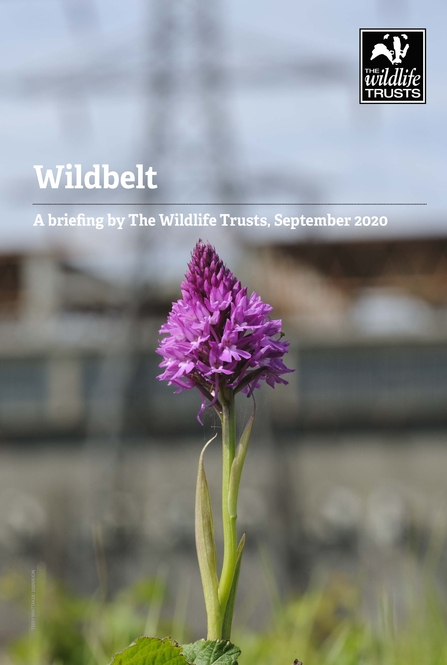It’s imperative that planning system reforms for England address the intertwined ecological, climate and health crises – we believe the best way to do so is by ensuring place-making intentionally supports nature’s recovery.
We’ve put forward five principles to underpin planning system changes including a bold new designation to protect new land that’s recovering – we would call this ‘Wildbelt’.
Why propose a whole new designation?
Because there is a gaping hole in the environmental protections basket: a mechanism to protect land that is in recovery. Existing law and policy protects the most special sites for nature, but not the places where people are working hard to create new habitats and bring nature back.


